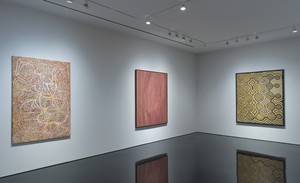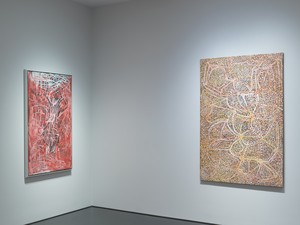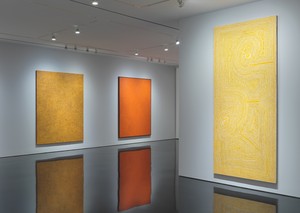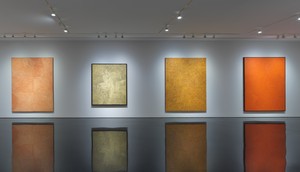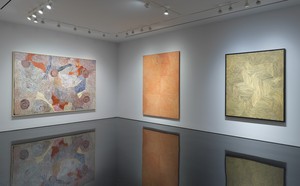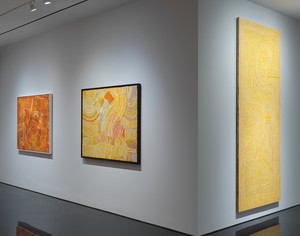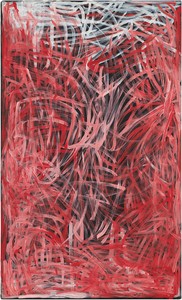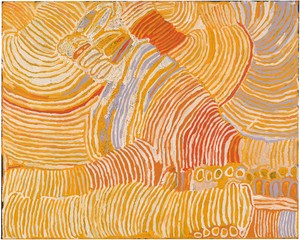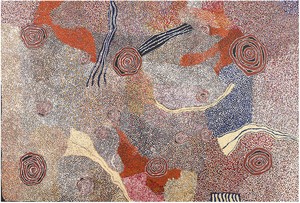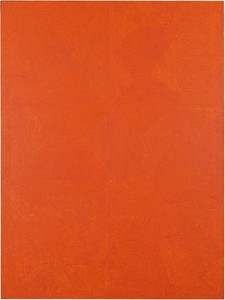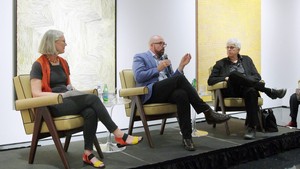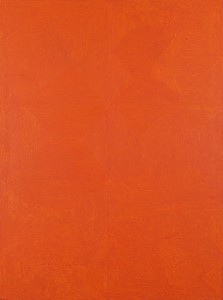
Desert Painters of Australia
Steve Martin and Anne Stringfield’s collection of contemporary Indigenous Australian painting spans three generations of the “Desert Painters” of remote regions of Central and Western Australia. Louise Neri talks with Martin about his collecting passion, and about an exhibition that presents works from their collection along with a key loan from the Kluge-Ruhe Aboriginal Art Collection at the University of Virginia. Their conversation is followed by commentary on these works by Martin’s friend Fred Myers, a longtime aficionado of the Desert artists.
